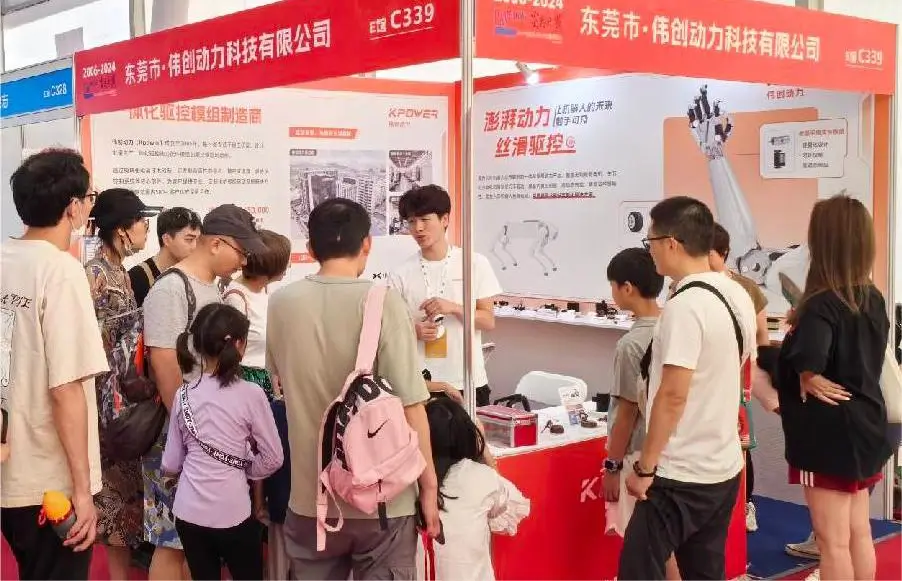Hey there! Ever tried replacing a dc motor with a servo motor and felt that little spark of curiosity? Like, what's the real difference? Why switch? Well, let's take a walk through it. Imagine you've got a basic dc motor humming along in your project, spinning wheels or moving arms. It’s reliable, but sometimes it’s just not precise enough—especially when you need exact positioning. That's where a servo motor shakes things up.

A lot of folks are surprised to find out just how versatile a servo motor can be. At its core, it packs a lot of bang into a small package: built-in control circuitry, feedback mechanisms, and a precise position control system. You want to turn something to a specific angle? No problem. Push a command, and it gets there—smoothly and accurately. Compare that to your good old dc motor—without an external controller, it just spins as long as you give it power.
But here's a question that often comes up: how easy is it to switch from dc to servo? Honestly, it’s pretty straightforward if the right hardware is in place. The control signals differ, sure, but with a good driver, it’s mostly about reprogramming. That’s where this product shines. It’s designed to fit seamlessly into existing systems, providing that smooth transition you need without ripping everything out.
Think about robotics, automation systems, or even hobby projects. You might have a robotic arm that needs to rotate exactly 90 degrees every time. A dc motor might require a bunch of sensors and some crazy logic to get close. A servo? Just tell it the position, and it nails it every single time, no fuss. When you’re dealing with delicate movements or precise control, this kind of accuracy makes all the difference.
And let's not forget about durability. Sometimes, people worry about how long these components last under heavy load. Well, the good news is that a well-chosen servo motor is built to handle rougher environments—think continuous operation, variable loads—without breaking a sweat. Plus, many models come with robust gears and efficient cooling systems, so they'll stick around longer, saving money and headaches.
Ever wondered how to pick the right one? It’s about matching torque, speed, and voltage to your application. For instance, if you’re moving small linkages, something with lower torque might do. But when heavier loads or faster response times are needed, increasing specs makes sense. This kind of tailored approach keeps your projects running smoothly.
Bottom line? Transitioning from a dc motor to a servo motor could unlock levels of precision and control that just aren’t possible otherwise. It’s a smart move for smarter projects. With the right product, you get reliable performance, accurate positioning, and a flexible system that can grow with your needs. So next time you're wondering about upgrade options or just curious how far your current setup can go—remember, a servo motor might be the game changer you need.
Established in 2005, Kpower has been dedicated to a professional compact motion unit manufacturer, headquartered in Dongguan, Guangdong Province, China. Leveraging innovations in modular drive technology, Kpower integrates high-performance motors, precision reducers, and multi-protocol control systems to provide efficient and customized smart drive system solutions. Kpower has delivered professional drive system solutions to over 500 enterprise clients globally with products covering various fields such as Smart Home Systems, Automatic Electronics, Robotics, Precision Agriculture, Drones, and Industrial Automation.




































